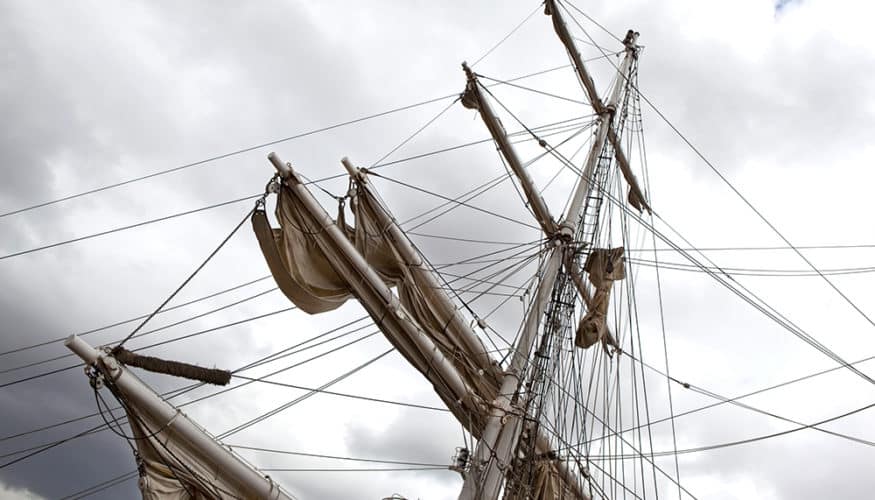Nowadays, we are inundated with news and conversations about stocks, bonds, and a myriad of other alternative investments… but have you ever thought about how it all started? If you ever wondered which was the very first stock in the world, the company’s name was Dutch East India Company, and it all started in Amsterdam in the 17th century.
In 2010, a history student found the oldest stock certificate in the world. The document is made out to the Enkhuizen inhabitant “Pieter Hermanszoon boode”. His name was really Pieter Harmensz and he served as a personal assistant to the Enkhuizen mayors. After his death in 1638, he left the “share” to his widow and their daughter, Ada. The document ultimately ended up in the Enkhuizen city archives.
The Dutch East India Company, called the Verenigde Oostindische Compagnie or VOC in Dutch, was a company whose main purpose was trade, exploration, and colonization throughout the 17th and 18th centuries. It was created in 1602 and lasted until 1800.
Soon after starting its operations, the company’s owners realized the high cost they had to pay every time they lost a ship. So, why not share their gains, in return for sharing their losses? That was the moment the very first stock in the world was created. The VOC would invest in several ships at a time so that if one failed to return from a trip, they were not at a total loss. The establishment of the VOC allowed hundreds of ships to be funded simultaneously by hundreds of investors, ultimately minimizing the VOC’s financial risk. (Using investment terminology, we call this diversification!)
Despite its achievements in the mid-1600s, by 1670 the economic success and growth of the Dutch East India Company began to decline, starting with a decrease in trading with Japan and the loss of the silk trade with China after 1666. In 1672, the Third Anglo-Dutch War disrupted trade with Europe and in the 1680s, other European trading companies began to grow and increase the pressure on the Dutch East India Company. In 1780, another war broke out with England and the company began to have serious financial troubles. By 1800, the economic and political power of the company was greatly reduced, and the company began to shed employees and closed its headquarters. At that time, the center of global finance shifted from Amsterdam to London. Gradually it also lost its colonies and eventually, the Dutch East India Company disappeared.
The stock market has come long ways since then. We can buy a stock or a mutual fund without leaving the comfort of our home. But there is something to learn from the history of the VOC. The global center of finance must grow, innovate and be as open as possible. If it doesn’t, the center will move to someplace that does.

“Infuse your life with action. Don’t wait for it to happen, make your own future.”


